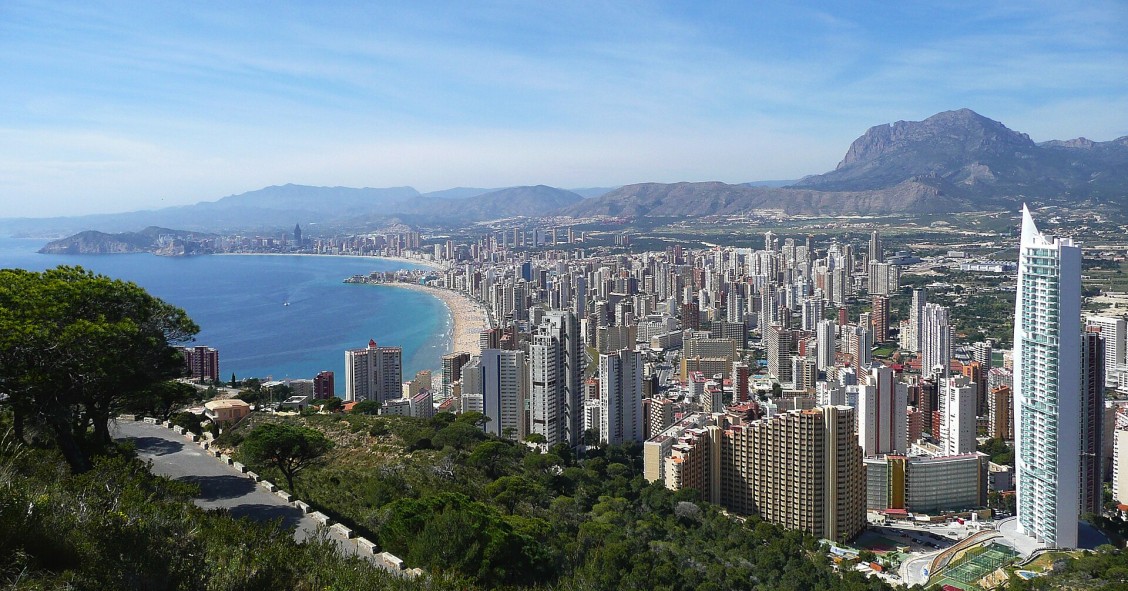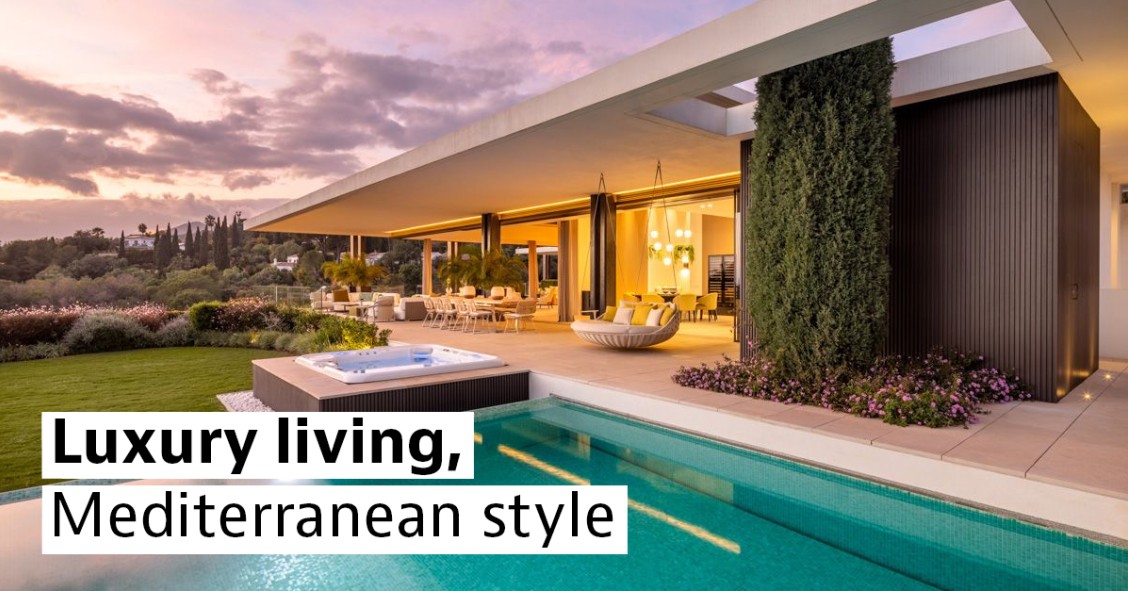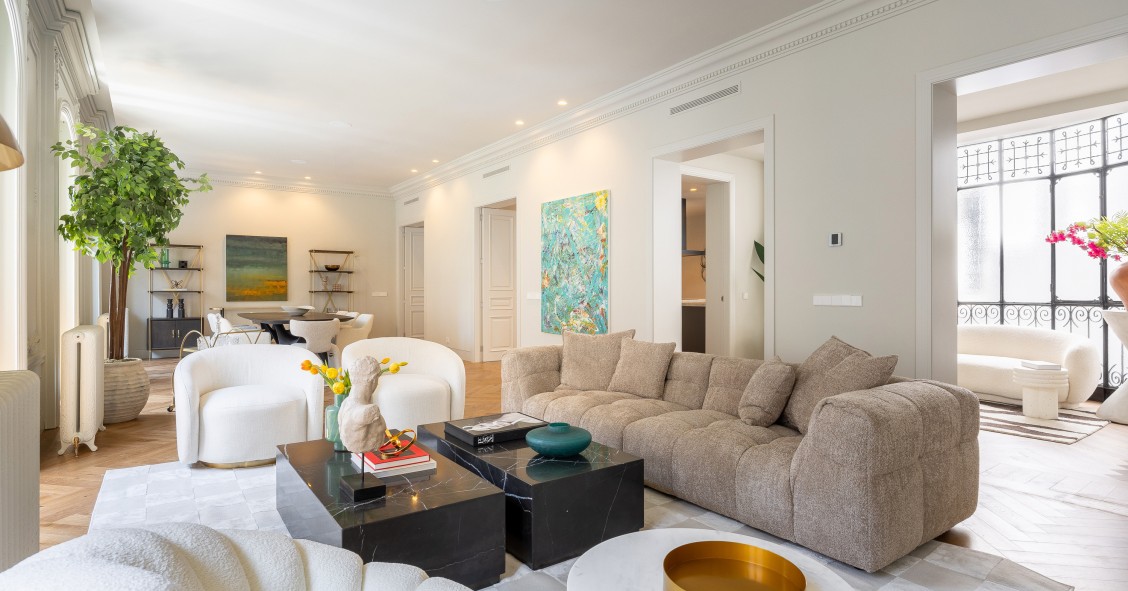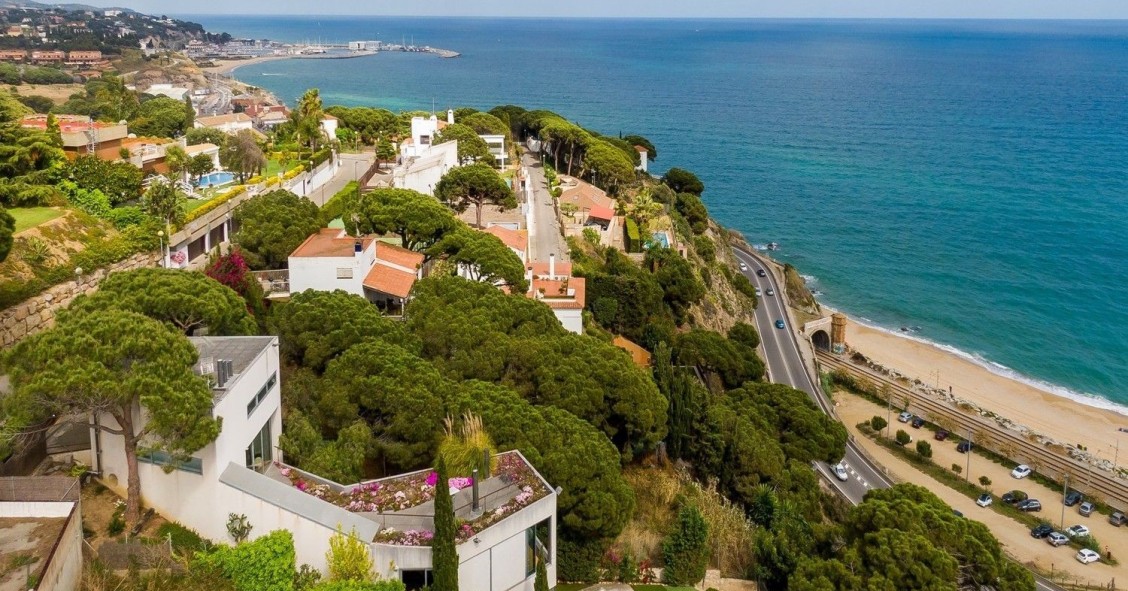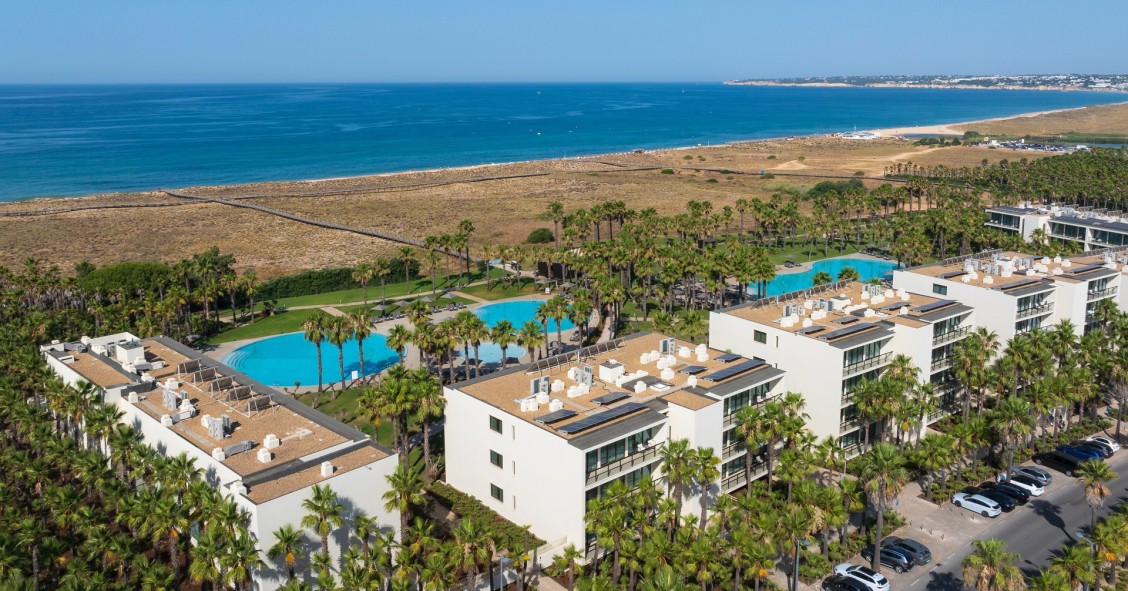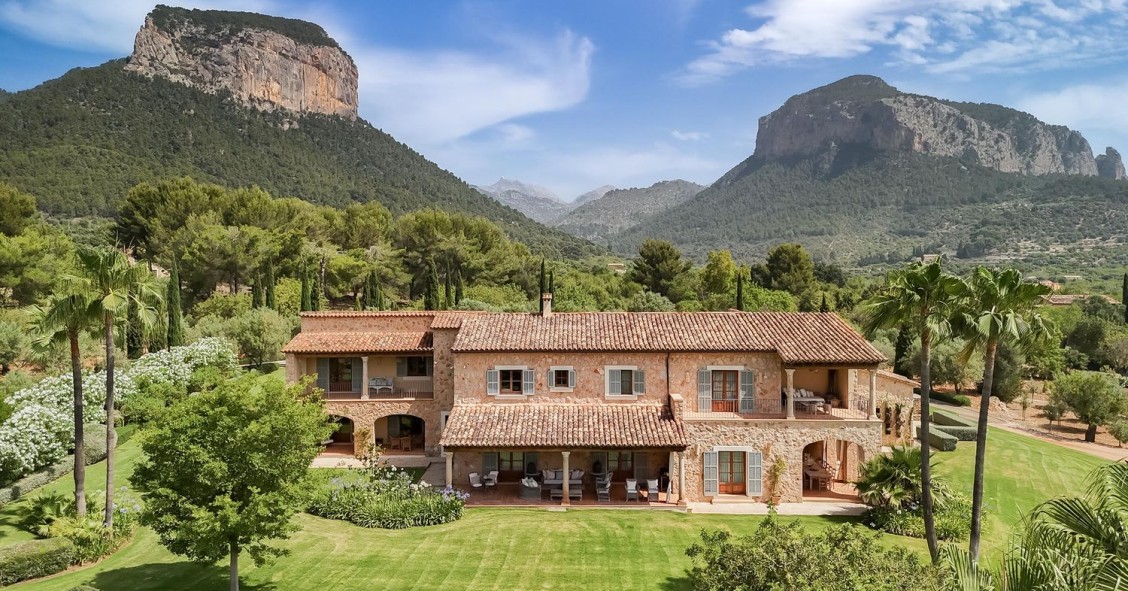
Portal del Ángel, Passeig de Gràcia and Rambla de Catalunya continue to lead Barcelona’s high street retail scene, boasting record rental prices and sustained demand. The sector as a whole is steadily consolidating its recovery in Spain, fuelled by strong interest from both national and international operators.
In particular, Barcelona’s high street market remains robust and has firmly positioned itself as one of Spain’s key retail destinations. But which areas stand out as prime shopping areas, and where are the city’s most exclusive homes being bought and sold?
According to Daniel Jiménez, Director of High Street Retail at Savills Barcelona, these prime shopping areas have evolved organically over time, shaped by high levels of pedestrian traffic. “The combination of luxury hotels, iconic architecture and rich cultural heritage means that the emergence of new retail axes is very limited,” he explains. “By the end of 2024, vacancy rates are expected to drop below 5%, reflecting the market’s current positive and stable outlook.”
Portal del Ángel and Passeig de Gràcia
Portal del Ángel continues to be Barcelona’s most sought-after shopping street, commanding the highest retail rents in the city at €265/m² per month, despite a vacancy rate of 11.8%.
Just nearby, Passeig de Gràcia remains the flagship location for luxury and premium brands. Average rents currently stand at €250/m² per month, with availability at a minimal 3.1% – a notable decrease of 4.3 percentage points compared to 2023. This drop is largely attributed to the completion of 11 new leasing agreements along the avenue.
Rambla de Catalunya
Rambla de Catalunya is emerging as a rising alternative on Barcelona’s high street, offering more competitive rent than its neighbouring avenues and demonstrating strong commercial dynamism. In 2023, it led the city in rental activity, accounting for 20 new store openings, representing 35% of all transactions recorded across Barcelona’s prime retail streets.
Other shopping areas
Several other commercial areas are also worth noting. Portaferrissa Street, traditionally associated with youth fashion, has seen a significant drop in availability, from 28% in 2021 to just 3.7% in 2024. Nearby, Carrer de Pelai, also located in the city centre, continues to attract retailers thanks to its high footfall. Rents there have risen to €97/m² per month, with availability standing at just 3.28%, following the arrival of several new brands.
Meanwhile, Avinguda Diagonal is strengthening its role as a diverse retail destination, with average rents at €85/m² per month. The area is increasingly focused on accommodating large-format flagship stores, further reinforcing its appeal.
The areas with the most expensive housing
Are Barcelona’s most expensive residential areas located along its high streets? According to Pablo Balea, Director of Residential at Savills Barcelona, the city’s highest housing prices are concentrated in the Upper District and the Eixample, particularly on select central and exclusive streets.
“Both areas feature a strong commercial presence, although not all of their areas align directly with the city’s main high street retail corridors,” Balea explains. “That said, locations such as Passeig de Gràcia stand out for combining premium residential property with a vibrant retail offering.”
Where is rent the most expensive?
When it comes to the highest rental prices in Barcelona, Pablo Balea, Director of Residential at Savills Barcelona, notes that Poblenou and Eixample – particularly Eixample Esquerra – have seen the most significant increases in recent years. Poblenou’s transformation into a thriving technology hub has played a key role in driving demand and rental growth.
Looking ahead to 2025, housing prices are expected to continue rising, influenced by broader macroeconomic trends. According to Balea, the areas likely to experience the strongest growth include La Sagrera, thanks to the future high-speed rail station and large-scale redevelopment projects, and Sant Andreu, which blends traditional charm with modern infrastructure and benefits from its proximity to La Sagrera.
“Poblenou will also remain a key area of interest,” Balea adds, “as it continues evolving into a technological epicentre, maintaining strong appeal among investors.”
Savills also highlights that Barcelona’s high street retail market remains resilient, with record occupancy levels and rising rental prices in key shopping areas. The combination of robust tourism, sustained investor interest and strong retail demand continues to fuel growth in the sector.
